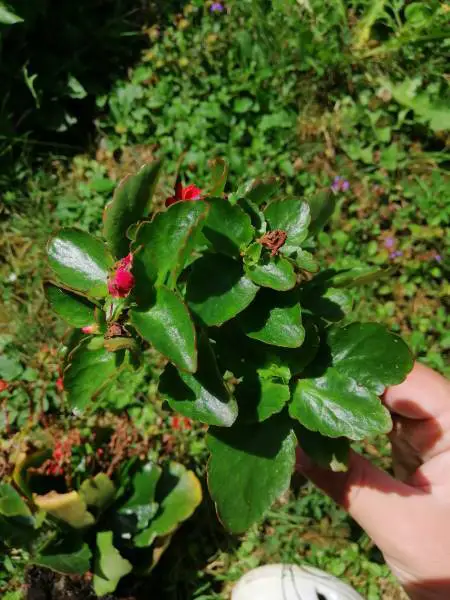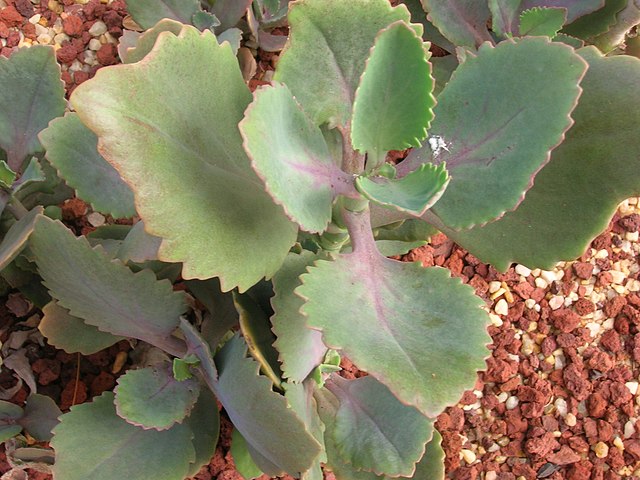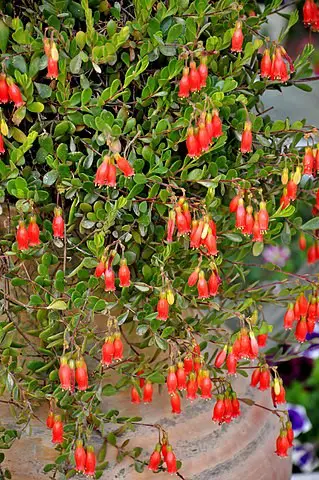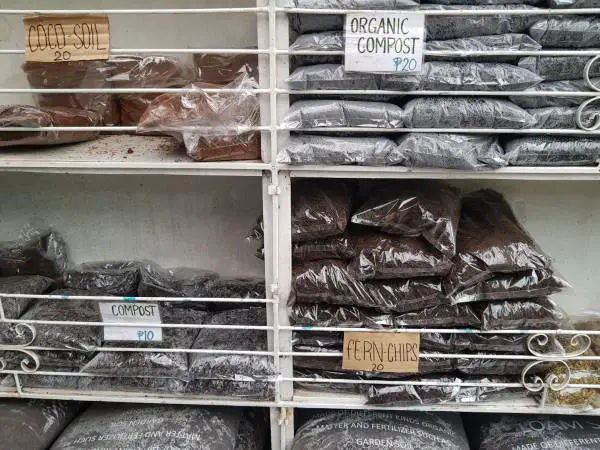Are you waiting for your Kalanchoe succulents to grow and produce plenty of colorful blooms again? Get ready, it is a great time to spruce up your Kalanchoes and make them look stunning again.

Spring care of Kalanchoes is super important as they come out of a long winter resting period. Longer days and warmer temperatures during the spring season trigger the end of winter dormancy and the beginning of new growth. It is important to help ease this seasonal change for your Kalanchoe succulents. If you will take good care of Kalanchoes they will step out of the winter dormancy soon.

Kalanchoe succulents have different care needs during the winter and spring seasons. I will share a few care tips that will surely help to give your Kalanchoe succulents a great start to the new growing season.
Water your Kalanchoes more frequently
Kalanchoes need less water during winter dormancy. They grow very slowly during the resting period so the chances of overwatering the plants can be very high. Therefore, it is recommended to water your Kalanchoes once in two weeks during winter.
When spring is around the corner winter dormancy is going to end soon. Your Kalanchoes are once again ready to grow lush and healthy. Now you should cut short the duration between watering and give them more amount of water. Water supply is particularly important to prepare your Kalanchoes for healthy and bountiful growth throughout the season.
Give your Kalanchoes a drink full of water to soak the soil completely. Let the water flowing until it starts coming out of the drainage holes at the bottom of the containers. Wait until the top couple of inches of the soil dry out completely before you plan to apply the next water.
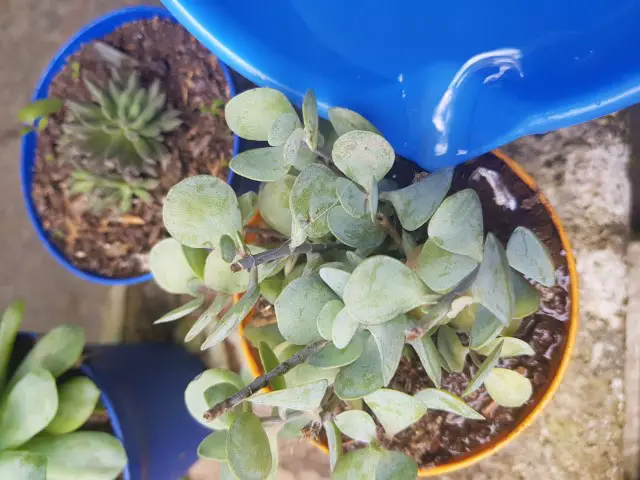
If you apply water in the correct amount and at the proper time, the Kalanchoes will produce more blooms and leaves in the new growing season. Outdoor Kalanchoes particularly need more water because as the temperature rises the evaporation rate goes very high and the soil dries out quickly. Moreover, high temperature also increases the rate of transpiration (loss of water from leaves or stems through transpiration). So, keep your Kalanchoes well hydrated to ensure enough supply of water for supporting the new growth.
Remember, do not overwater. Overwatering is the biggest threat to Kalanchoe succulents as it causes rotting and decay of the roots.
Give more light to you Plants!
Light is the principal energy driving source for the plants. Like all other plants, Kalanchoe succulents need sunlight to carry out the normal process of photosynthesis and to prepare food for sustaining their normal physiological and metabolic activities.
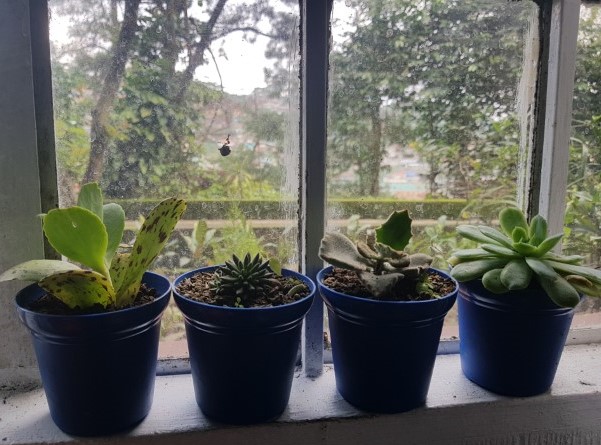
To grow healthily during the spring season your Kalanchoe succulents will need more light. However, keep in mind that do not expose the Kalanchoes to brighter light instantly after they come out from winter dormancy. Moving your succulents to the bright direct sun immediately after winter sleep can cause serious harm by burning the leaves or other parts of the plants. It is recommended to gradually move your Kalanchoes from indoor to outdoor conditions. This way your succulents will slowly acclimatize to the new environment.
Keep in mind, you have to be patient while moving your Kalanchoes to a new environment because it can take a few weeks. Once you finish moving your Kalanchoes to the new environment, keep them under partial sun.
Move your Kalanchoes to the warmer place
Kalanchoe succulents need warmer temperatures during the spring seasons. The warmer temperature is conducive to promote their healthy growth. Gradually move your succulents outdoors to a warmer location. But be careful as you know the spring temperatures can be highly unstable, so make sure to protect your succulents if the temperature becomes colder.

Fertilize to promote new growth and more blooming
Do Kalanchoes need fertilizers in the spring season? How often they should be fertilized? These could be the questions on your mind.
Spring is the perfect time to give your Kalanchoes a dose of extra nutrients. The plants are now growing actively, and they can get benefit from an additional dose of nutrients. However, in winter it is not advised to fertilize your succulents because they are not growing actively. Fertilization during spring will provide plenty of nutrients to your Kalanchoes and encourage more and faster blooming. You should plan to fertilize your Kalanchoe succulents right from the beginning of the spring season.
To fertilize Kalanchoe succulents it is recommended to use a balanced water-soluble fertilizer. You can purchase a succulent fertilizer mix from the market. Consider using a fertilizer that is high in phosphorus. Phosphorus will help your Kalanchoes to produce more blooms. Fertilize your Kalanchoes once a month with a mild dose. Avoid excessive application of fertilizers as it can cause burning. Also, cut short the application of fertilizers in the late summer or early fall.
Spring is the perfect time to repot
When it comes to spring care of Kalanchoes you should also consider repotting them. You might find it hard to repot your Kalanchoes but believe me it is the best time to repot. Repotting will provide your Kalanchoes enough room to grow and spread in the new growing season. It will also provide a new and fertile soil medium to the succulents that will supply plenty of essential nutrients to support more blooming and new growth.

However, it is not necessary to automatically repot all your Kalanchoes in the spring season. Repot only those plants that actually need it. If you will try to repot all your Kalanchoes you may end up hurting them as some succulent might find it difficult to recover from the shock. Remember your Kalanchoes will give you signs when they really need repotting. If you see that your succulent roots are coming out of the drainage holes and the soil is draining faster, it is the right time to shift your Kalanchoes into the new containers and a new soil medium. They need more room for growth and a soil medium with good drainage. It is recommended to repot your Kalanchoes in a well-draining succulent soil mix and bigger containers with proper drainage holes.
For a detailed guide on how to repot your Kalanchoes please check this link.
Propagate and produce all-new Kalanchoes
If you want to add more Kalanchoes to your plant collection, spring is the ideal time to propagate. The coolest thing about Kalanchoes is that they are the easiest to propagate. With just a little effort you can multiply a single Kalanchoe and get dozens of new plants from it. The process is quite simple you can propagate Kalanchoes using leaf and stem cuttings. Take cuttings with a clean scissor and let them callous for some time at a warm dry place. Place the cuttings on the top of a standard succulent soil mix. Keep them away from bright direct sunlight and avoid watering.

Kalanchoes will start rooting in two to three weeks. Once they are established in the soil you should provide them regular watering and gradually expose them to more light. Enjoy the extreme joy of multiplying your favorite Kalanchoes and the wonders of nature.
Bottom Line
Kalanchoes are amazing succulents that are widely popular as houseplants. To enjoy their healthy and beautiful growth you must give them proper care. Kalanchoes have specific spring care needs to start growing healthy and produce more blooms in the new growing season. Give them more light, more water, warmer temperatures, and fertilization to promote healthier growth. Plus, spring is also a great time to repot and propagate Kalanchoes. Try my checklist of spring care tips to give your Kalanchoes a great start this season.

